There’s nothing quite like the taste of fresh, home-baked chocolate desserts (like gluten-free cashew brownies, for instance!) – and nothing quite as disappointing as when the batch of sweet cacao goodness that you’re melting for a favorite recipe goes wrong.
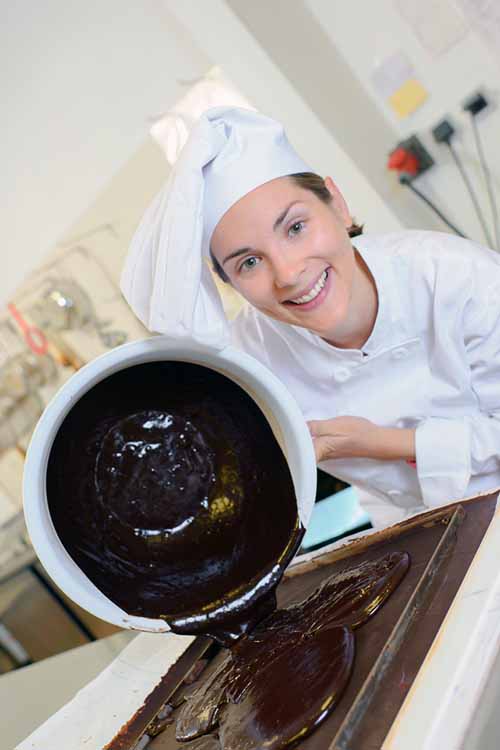
But wait, isn’t that an oxymoron? How can chocolate possibly be wrong?
Sad but true, it can happen… and right in our own kitchens!
As it turns out, melting baking cocoa isn’t quite as easy as it looks. It’s a bit of a delicate flower when it comes to heat. It’s easily overcooked and can be burnt – and it can even seize into hard, gritty granules.
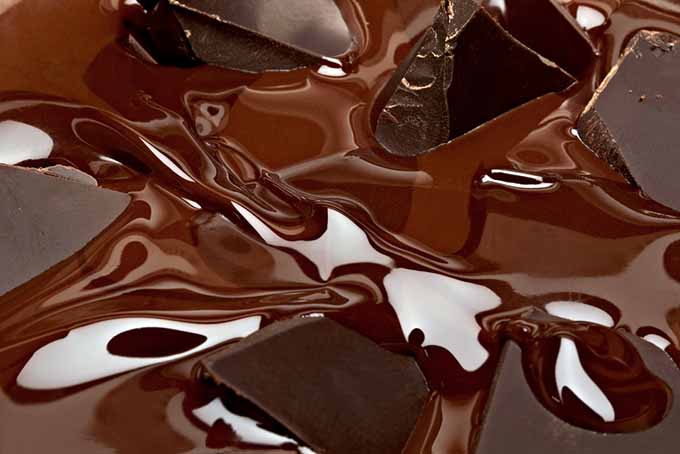
Scary stuff, right? Fear not, chocoholics! If this happens to you, there are ways to save your batch of cocoa that’s gone rogue.
Join us as we look at how to restore muddy, overheated batches, and how to smooth out a chocolate melt that’s turned grainy – and of course, how to prevent these disasters from happening again!
Thick and Muddy
If you’ve ever left some chocolate sitting in the sun, you know how sensitive it is to heat and high temperatures.
When melting down for a recipe, white and milk chocolates have a top end temperature of 110°F, while dark varieties should never be heated above 120°F.
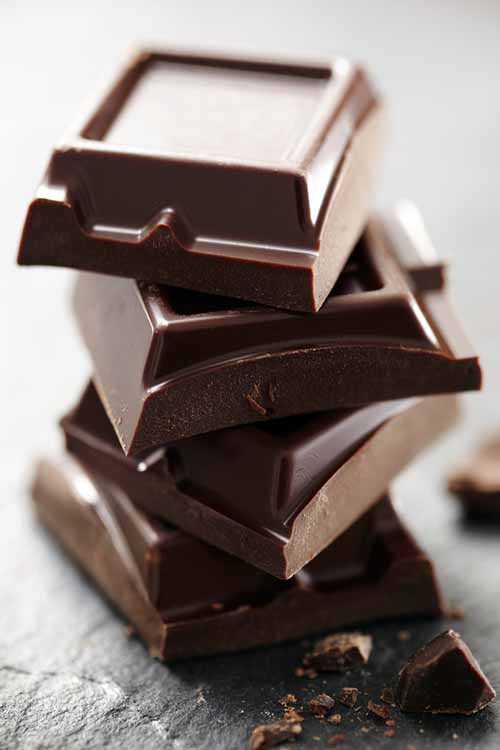
If temperatures exceed these marks, the mix will become overheated. It will lose the rich, glossy shine typical of its melted state and take on a dull, muddy appearance with a thick, sludgy texture.
And the longer it cooks at high temperatures, the harder it will be to save.
To rescue overheated cocoa, it needs to be cooled quickly. Remove the pan from the heat to halt further melting and transfer to a cool, dry bowl – then try one of these fixes and keep this advice in mind:
1. Add More
Stir in 1/4 to 1/2 cup of fresh cocoa buttons to bring the temperature down, and stir constantly until the new pieces have dissolved.
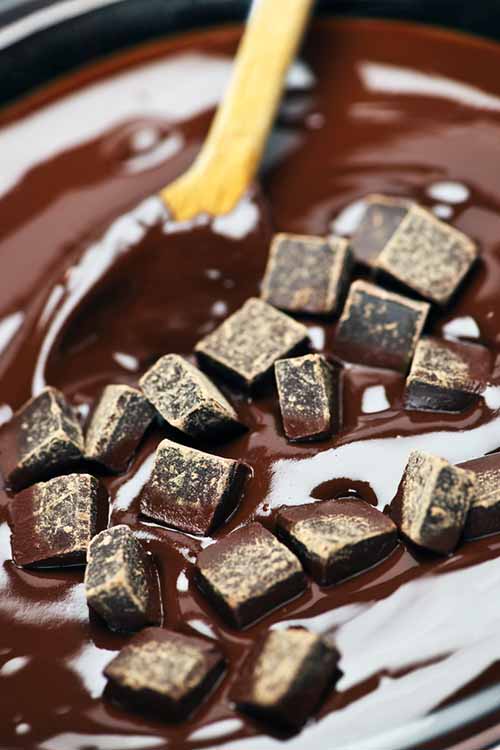
2. Oil
If it still retains a thick or lumpy texture, add a spoonful of vegetable oil and stir thoroughly until it’s completely integrated.
3. Strain or Blend
You can also try straining it through a sieve to remove lumps, or use a handheld immersion blender to smooth it out.
4. Dairy
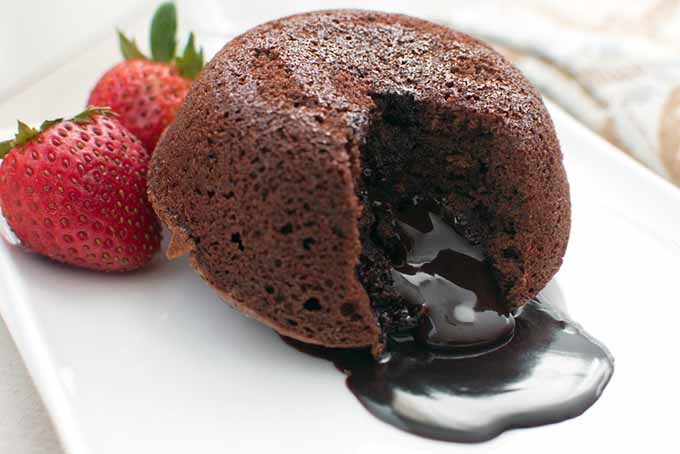
You can also try adding some hot cream, and stir until it’s smooth again. Obviously the cream will alter the consistency a bit, and it won’t set in the same manner – but it’s a great option for ganache, lava cake, or as a sauce for puddings, sundaes, and more.
5. Break It Up
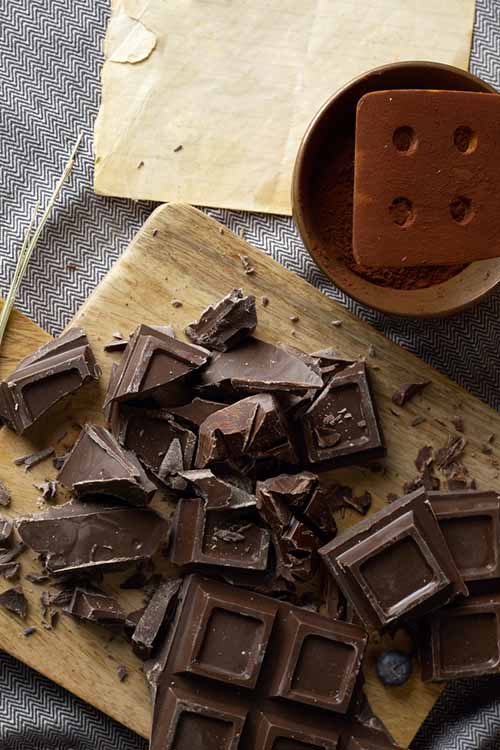
To prevent your mix from overheating, use small pieces. Buttons are good for melting, or break up bars or chunks into smaller pieces to promote a quick and even melt.
6. Keep Temperature in Check
Due to its heat sensitivity, a candy thermometer is recommended to achieve the best results.
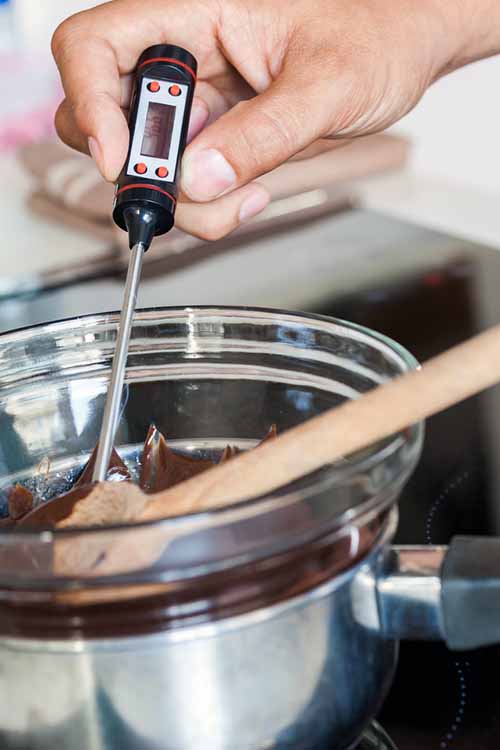
Small, heatproof bowls also come in handy to prevent further cooking once it’s melted, with clear glass being a good option.
7. Avoid Ice
While the key to saving an overcooked cocoa melt is to cool it quickly, under no circumstances should you add ice or cold water. Any amount of water or steam will cause it to seize and curdle into a grainy texture.
So, it Can Seize?
Yes, it can. Here’s how.
Chocolate is a solid mixture made from the basic ingredients of cocoa powder, cocoa butter, and sugar. Plus, today’s fare sometimes includes milk solids, flavorings, and preservatives.
This mix of dry particles from the pure, raw cacao and sugar with fat from the cocoa butter and milk solids is cohesive – and this gives the melted form its glossy appearance and smooth texture.
In a melted state, the introduction of even just a drop or two of water is enough for the dry particles to attract the moisture and stick together, forming a rough, grainy texture. This is what you’ll see when your chocolate has curdled or seized.

How to Save It?
To restore a seized melt, a little extra fat is required in the form of vegetable oil, clarified butter, or cocoa butter. Ghee and coconut oil are great options as well.
Add fat in small amounts, approximately 1 tablespoon for 6 ounces of melted cocoa, stirring constantly until the granules disperse and the mixture becomes smooth.
If any grains remain, strain slowly through a sieve.
An Ounce of Prevention
The best thing to keep your cocoa from seizing is to ensure that it won’t come into contact with any water.
If using a double boiler, keep the water just below a boil or turn down the heat when the chocolate is placed on top. This will prevent any boiling water from splashing into your cocoa melt, and reduces the amount of steam – which can also cause seizing.
Avoid using wooden utensils as they can retain water and alter the mix, and make sure all bowls, pans, and whisks or other utensils are completely dry.

Wipe the bottom of the melting bowl to remove any water. And never place a lid on top, as condensation can easily drip down into the mix.
If you’re using the microwave instead of a double boiler, use a heatproof bowl and set the temperature level to low. Stop to stir frequently, and remove as soon as the last bits are just about melted.
Smooth Melting All the Time
You can enjoy home-baked and made from scratch treats using smooth, melted chocolate every time if you remember these simple tips.
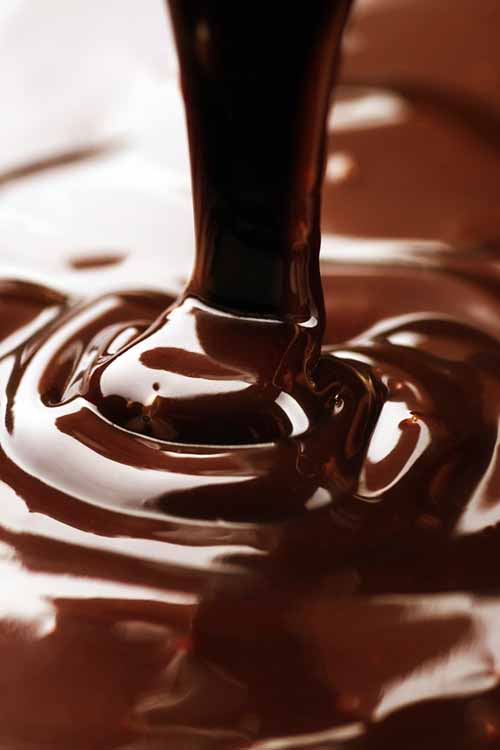
Keep the temperature low, use a candy thermometer to prevent overheating, and avoid all contact with water so it won’t seize. Do this and you and yours will be in chocolate heaven!
What about you bakers and dessert aficionados out there – do you have any other tried and true fixes for saving lumpy or seized chocolate? Share your expertise in the comments below.
Photo credit: Shutterstock.
About Lorna Kring
Recently retired as a costume specialist in the TV and film industry, Lorna now enjoys blogging on contemporary lifestyle themes. A bit daft about the garden, she’s particularly obsessed with organic tomatoes and herbs, and delights in breaking bread with family and friends.


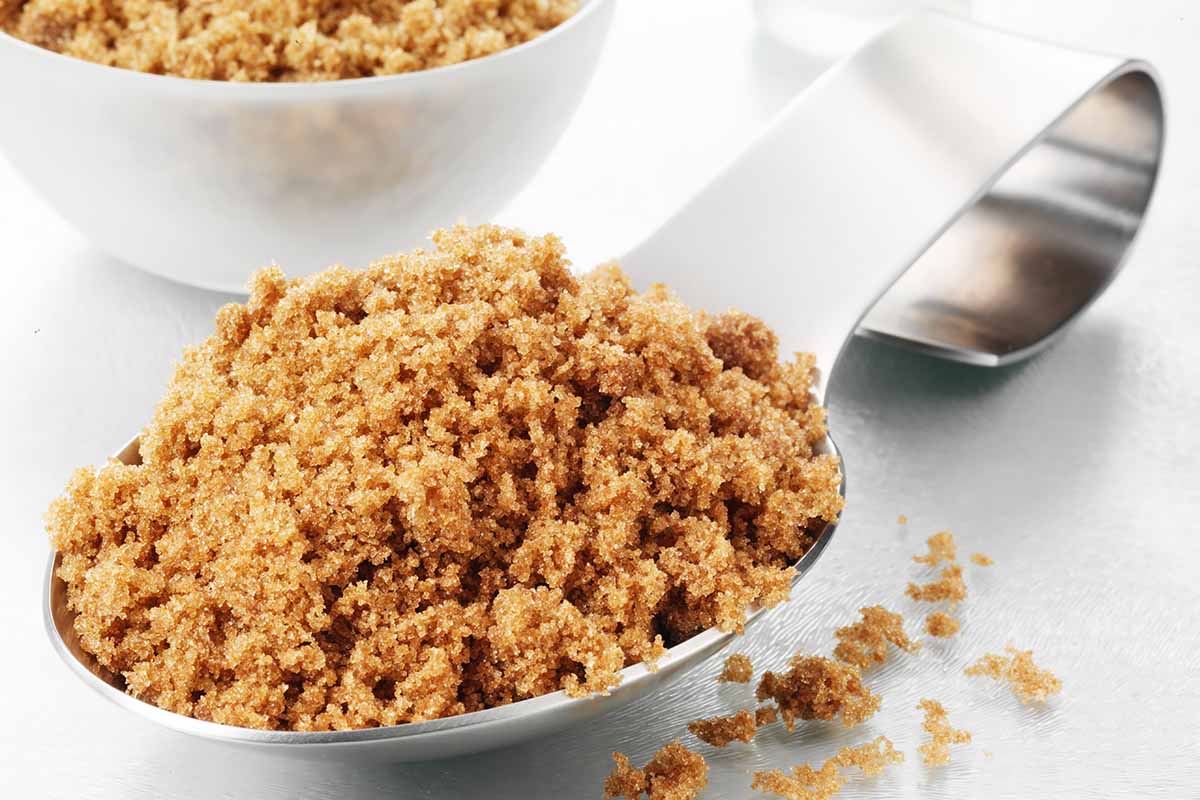
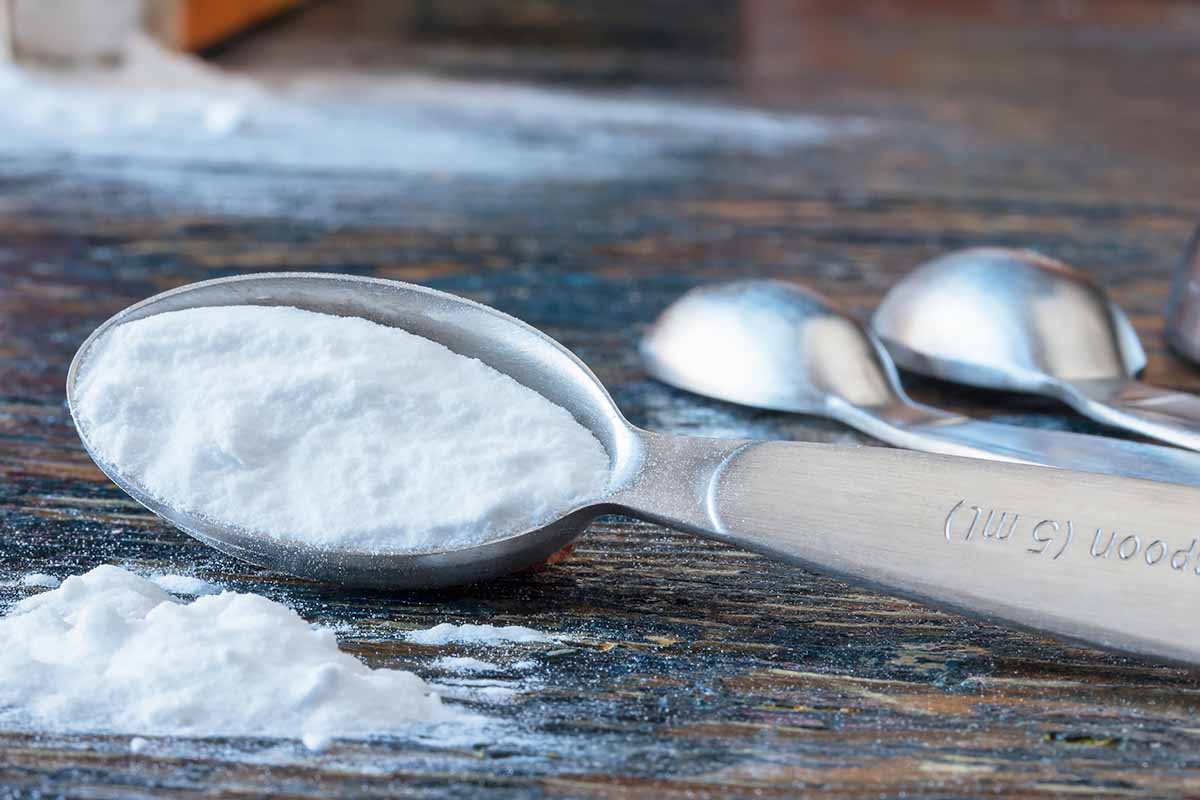
Well I am not sure what it is that was in the picture on the home screen, but that looked delicious. It looks like it is ice in there, but I did not read anything about ice. Maybe I missed something. Anyways, saving chocolate is a very noble cause for me, so well done here.
Haha! Always happy to support a noble cause rz!
I just brought a seized lump of chocolate back to life by adding glycerin and heating it slowly in a microwave. The ratio of chocolate to glycerin was about 5:1 by volume, and I just eyeballed it. I used a small glass ramekin and took it out every ten seconds to stir with a spatula. After the 5th or 6th ten-second round in the microwave, the chocolate was workable. The glycerin brought the sheen back and made the chocolate *nearly* suitable for dipping pretzels in. Another benefit of glycerin is that it’s hygroscopic and will help pull any offending moisture out of the chocolate.
Hi… I don’t know how long ago you posted this but can you help me? I had an 8-ounce bag of Ghirardelli unsweetened chocolate chips and I put them in a metal bowl and stuck it on top of a pan of water and proceeded to melted and then I stirred in sugar and the sugar wouldn’t melt and I read just tearing up small amount of water from this article! And it said don’t add too much. I didn’t end and then it said to add some as needed so I put some more in and the consistency went to something that looked like fudge. Then I read on to see that you should have had a candy thermometer all the time and I don’t have one. Not where I can find it anyway. I know the chocolate wasn’t boiling in a double boiler and no more water is splashing into it and I read to stick some kind of clarified butter or tasteless oil in it and you can use coconut oil to so I put the coconut oil that I have in it and I stuck my finger in some and tasted it and went oh wow there is of coconut in this! There’s little pieces all over the place in unrefined coconut oil. What did I do? I was trying to make some nice chocolate for gifting homemade chocolate chip cookies in like they have at Trader Joe’s. My chocolate is really thick and has a slight gloss to it but it is gritty all the way through it. I wanted semi sweet chocolate for the end result and that’s not what I have. If you could respond to me somehow that would be cool and if you know anything about this melting chocolate stuff I could possibly have you call me or message me on messenger! Is there anybody on this site that answers any one or is it just a place to write a bunch of stuff?
Sorry to hear that your chocolate seized, Jeanie. Unrefined or virgin coconut oil with have more of a flavor to it, so this is not the best option to use. Generally speaking, when dealing with chocolate, it’s important to make gradual changes – keeping it on the double boiler for too long, adding too much sugar to it at once, or making other extreme adjustments that will lead to significant changes in the temperature or texture can easily result in problems. If semi-sweet chocolate is what you are going for and you are hoping to make cookies, it may be best to purchase chocolate chips to start if you are able to. And we have lots of wonderful cookie recipes that you might like to try. Good luck!
Thanks for the interesting tip Barry! And I’ll just remind readers that food-safe vegetable glycerin (USP) is available in the baking section of grocery stores and pharmacies.
I just had a big problem when I tried to add 1/2 tsp vanilla paste, as the cacao butter (70g), sugar (1/3 cup) and powdered milk (3/4 cup) seized badly, and turned from a smooth medium paste into a gritty thick mass. It happened in an instant. A day before I used vanilla extract (alcohol). That one was OK, but not the paste. I would have thought the paste had less water. But I added some cacao butter pellets ( around 10-15 pieces), one by one, and it slowly went back to a smooth state.
Good thinking Sabrina, the butter must have done the trick – thanks for the tip!
I read your article desperately one day when I was making Chinese noodle drop cookies. My chocolate chips seized and I was frantically looking for something to save it. I spotted sour cream in my fridge and thought…..hmmm….butter fat! So I put some of that in and voila; shiny smooth chocolate. Now I admit I put too much in and the drop cookies wouldn’t hold so I rolled it into a log and put in the freezer. Hopefully it works. If not, oh well. It was fun learning about the science behind cooking.
Hey, thank you so much for these hacks!! I used them when my melted chocolate seized while making some almond chocolates. I added some oil and some cream to it stirring continuously. Voila!! It helped to some extent.. but couldn’t really help gain the original texture back.
Just saved 3 pounds of Bakers white chocolate, when my daughter tried to melt it in a 350° oven. She yelled from the kitchen, “This chocolate just won’t melt”. Luckily I found your post. Slowly stirred in about 4 TBSP of coconut oil (in solid form). The coconut oil melted into the grainy chocolate lump, and she was back in business with creamy smooth white chocolate. Her dad’s favorite Peanut butter clusters were a huge success thanks to you!
Hi, very late to the party here but hopefully someone will be able to help me out here.
I made chocolates a few days ago melting it in the microwave in short intervals and poured them into molds and put in the fridge. When they were set I took them out tried them and they tasted perfect. I left them in a bowl in the fridge for a couple of days and noticed they seemed a bit wet with condensation or something and they were a bit sticky. I took them out and have been storing them in an airtight box at room temperature but they taste grainy now.
Can water affect them after they set?
Moisture migration can happen in the fridge, especially if there are sudden changes to temperature or humidity. Was there airspace around them in the airtight container? Wrapping tightly instead is recommended.
Hello. I had a question. I fixed my dark chocolate with water, but I need it to make a chocolate layer for bread. It won’t be mixed into the bread. Could I still use it for said bread?
Give it a try, Anji! I’m not sure exactly what you mean by a “chocolate layer” – what does the recipe entail? If this is a glaze on top after baking, it may work nicely.
Thanks so much. I was making peanut butter Ritz covered with chocolate (easiest cookie ever, usually). But my almond bark seized up, was too thick and would not stick to the crackers. I didn’t have coconut oil or vegetable oil. But since canola oil can be used in many other recipes as a substitute I decided to try that and it worked great, and they still taste the way they usually do. So you saved me from having to go out and buy a whole new brick of almond bark and I will know what to do in the future.
I made millionaire squares yesterday, which call for a layer of half cup of melted chocolate chips on top. This all went fine & looked great. Squares had cooled so I wrapped the Pyrex baking pan with plastic. Woke up this morning & the topping is looking very strange……no longer shines & has lighter brown splotches on it. What could I coat the chocolate with to bring it back to life?
Thanks.
Sorry to hear it, Eipie! Tempering chocolate to create a smooth, shiny coating can be a difficult process. Chocolate is very sensitive to temperature changes, and it often blooms as you’ve described if it is refrigerated. It’s still perfectly safe to eat, but there’s no easy way to fix it, unless you were able to remove the chocolate and melt it again.
If you need to store the bars in the refrigerator, you could try coating with more melted chocolate and topping with shredded sweetened coconut, chopped nuts, or sprinkles to hide the surface. It will still taste great!
I now have a cup of ‘saved’ chocolate but is is no longer usable for dipping as it won’t set properly – gave it a test. Any suggestions what I can do with a cup of very rich pudding?
Hey Kim, your saved batch can be used for ganache, or you can add a couple of tablespoons into your favorite recipes for brownies, cakes, cookies, or pancakes.
Another option is make a sauce by quickly whisking in a tablespoon or two of cream or milk. Use it drizzled over fruit, ice cream, and yogurt or mixed into a bowl of oatmeal.
You can also add a tablespoon to hot or cold drinks, like coffee, coco, frappes, and milkshakes.
Or mix some in with chocolate milk to make rich and delicious frozen pops.
Hope that helps… thanks for asking!
I have a bag of liquid melting chocolate, Do I have to still heat it?
Hello, Margaret!
For best results, with this type of product, you should follow the instructions provided by that specific brand/manufacturer. Depending on the brand, liquid melting chocolate may contain ingredients that may be negatively affected by certain heating methods.